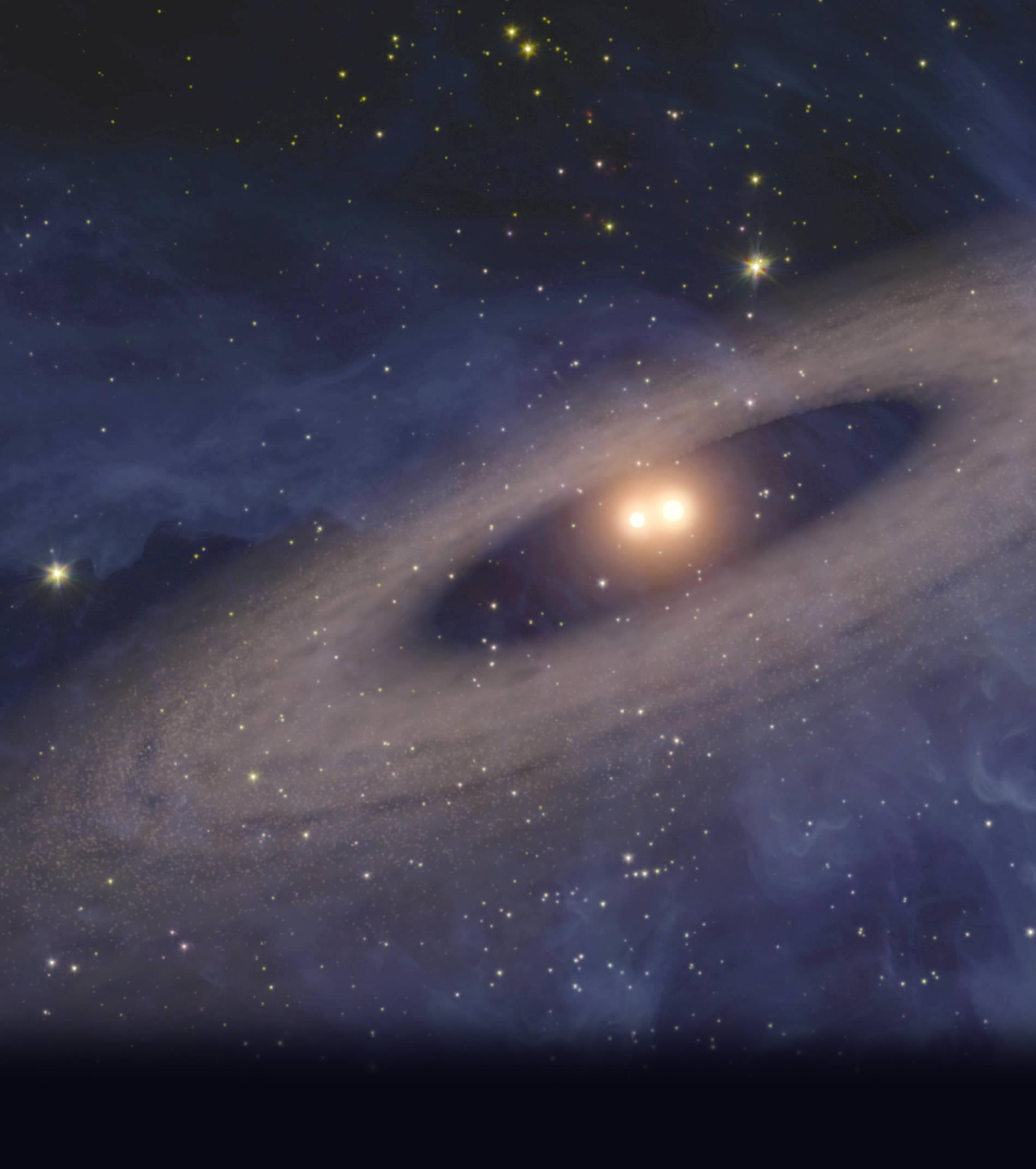Motivate Your Visit
Information to support and provide incentives for your booking
"The maturing planetarium educational research community no longer needs to test which instructional environment, classroom or planetarium, is better suited for teaching astronomy (Brazell, 2009); the planetarium is better apt to instruct students in astronomy (Brazell & Espinoza, 2009)" - p57, The Effects of Seductive Details in an Inflatable Planetarium, Gillette, S. 2013
1. Comprehensive Summary of the Value of Education in a Planetarium (2019)
What is a planetarium? What is the value of astronomy? Why is an immersive theatre a superior learning environment?
2. UK Government Recommends Planetarium Visits
State science and technology education committees actively encourage schools to provide students with enriching planetarium experiences.
(click on images to enlarge and see original document)
 |
 |
3. Digital Planetariums Boost Understanding
Research has found students visualise and understand astronomy concepts far better inside a digital planetarium.
(click on image to see original research paper)
4. Digital Planetariums Increase Levels of Attention and Retention
The increased sense of presence (immersion) of digital domes has been found to improve levels of attention and information retention in students.
(click on images to see original research papers)

Fulldome Video - Nov 2006 article from Learning & Leading with Technology by the International Society for Technology in Education.
5. The Numerous Benefits of Having a Digital Planetarium Come to You
- Low Carbon Emission - our small van emits far less CO2 than the several buses required to take students to a fixed planetarium / science museum.
- No Missed Lessons - all other regular classes can be attended as normal.
- No Missed Lunches - free meals can be taken at school as normal.
- No Stress - pupils remain within the safe and familiar school environment.
- No Paperwork - for busy teachers to complete.
- Diverse Curriculum Content - modern digital domes offer not only astronomy and Space, but also biology, history, earth science, languages, art and music.
- Better Quality Teaching - being significantly smaller than fixed planetariums, portable domes are more intimate and in the hands of a skilled presenter result in more effective learning / pupil engagement.
- Better Quality Visuals - modern portable planetariums project the very same 360° films that fixed planetariums at museums and science centres do - yet often with a better quality image. This is because most large fixed planetariums utilise between two and six video projectors, with unsightly joins / seams appearing between each image (particularly as the projector lamps begin to age). Modern portable planetariums like Immersive Theatres utilise a single projector producing a single, seamless, high quality 360° image.
6. Immersive Theatres is Accessible and Progressive
Immersive Theatres was the first UK mobile planetarium operator to receive the Learning Outside the Classroom Quality Badge, is a signatory of the Autism Charter and a member of Astronomers Without Borders. Another way of describing our Mission is the promotion of awe and wonder. Find out more about what awe is according to researchers, what are the benefits of practicing awe (not only at school but in our everyday lives) and how to go about cultivating awe.
7. Immersive Theatres Operates to a High Standard of Excellence
Not only do all our presenters carry clean enhanced DBS (Disclosure & Barring Service) certificates, but we also make available online our Child Protection Policy, Risk Assessment, current Public Liability Insurance, dome fabric Flame Resistance Certificate and current Portable Appliance Testing (PAT) certificate.
8. Immersive Theatres Utilises the Very Latest Digital Dome Technology
Our parent company Dome Club Ltd has 20 years experience with digital dome installations and sales in the UK & Europe. As a supplier of digital dome systems and distributor of 360o films, it ensures Immersive Theatres is always up-to-date and well-equipped.
9. World's Largest Selection of 360° Films
Immersive Theatres makes available to its customers the world's largest fulldome (360°) show catalogue. Filled not only with immersive content about astronomy and Space, but also biology, environmental science, history, maths, geology, dinosaurs, evolution, art and music - with many films available in a number of different languages.
10. Extensive Additional Research on the Educational Value of Planetariums
2017 Book: Research on Teaching Astronomy in the Planetarium by TF Slater and Coty Tatge
Additional research papers investigating the educational advantages of planetariums:
- Baxter, J. H., & Preece, P. F. 2000, A comparison of dome and computer planetaria in the teaching of astronomy, Research in Science & Technological Education, 18(1), 63-69.
- Bell, R. L., & Trundle, K. C. 2008, The use of a computer simulation to promote scientific conceptions of moon phases, Journal of Research in Science Teaching, 45(3), 346-372.
- Brazell, B.D., Espinoza, S. 2009, Meta-analysis of Planetarium Efficacy Research, Astronomy Education Review, 8, 010108-1
- Carsten-Conner, L.D., Larson, A.M., Arseneau, J. & Herrick, R.R., 2015, Elementary Student Knowledge Gains In The Digital Portable Planetarium, Journal of Astronomy & Earth Sciences Education, 2(2), 65-76
- Chastenay, P. 2016, From geocentrism to allocentrism: Teaching the phases of the moon in a digital full-dome planetarium, Research in Science Education, 46(1), 43-77.
- Cirstea, R. P. 2013, Some Considerations on Educational Astronomy in the First Digital Planetarium from Romania, the Arges County Museum Planetarium, Procedia-Social and Behavioral Sciences, 76, 190-196.
- Fisher, M. 1997, The effect of humor on learning in a planetarium, Science Education, 81(6), 703-713
- Gazit, E., Yair, Y., & Chen, D. 2005, Emerging conceptual understanding of complex astronomical phenomena by using a virtual solar system, Journal of Science Education and Technology, 14(5-6), 459-470.
- Giles, T., & Bell, P. E. 1982, Investigating Learning Mediators in the Planetarium Classroom.
- Hayward, R.R. 1976, April, The developing and field testing of an instrument using the planetarium to evaluate the attainment of the concept of annual motion, in The National Association for Research in Science Teaching.
- Heimlich, J. E., Sickler, J., Yocco, V., & Storksdieck, M. 2010, Influence of immersion on visitor learning: Maya skies research report. Edgewater, MD: Institute for Learning Innovation.
- Hintz, E. G., Jones, M. D., Lawler, M. J., Bench, N., & Mangrubang, F. 2015, Adoption of ASL classifiers as delivered by head-mounted displays in a planetarium show, Journal of Astronomy and Earth Sciences Education, 2(1), 1.
- Hobson, S. M., Trundle, K. C., & Saçkes, M. 2010, Using a planetarium software program to promote conceptual change with young children, Journal of Science Education and Technology, 19(2), 165-176.
- Jacobson, J. 2010, April, Digital dome versus desktop computer in a learning game for religious architecture, in Annual meeting of the American Educational Research Association (AERA), Denver, CO.
- Jacobson, J. 2011, Digital Dome vs. Desktop Display in an Educational Game: Gates of Horus, International Journal of Gaming and Computer-Mediated Simulations (IJGCMS), special issue on educational applications, Spring, 2011
- Jacobson, J. 2013, Digital dome versus desktop display: Learning outcome assessments by domain experts, International Journal of Virtual and Personal Learning Environments (IJVPLE), 4(3), 51-65.
- Larsen, K., & Bednarski, M. 2011, September, Assessing the Effect of a Digital Planetarium Show on the Astronomical Understanding of Fifth Graders" in Earth and Space Science: Making Connections in Education and Public Outreach, Vol. 443, pp. 183-186
- Mallon, G. L., & Bruce, M. H. 1982, Student achievement and attitudes in astronomy: An experimental comparison of two planetarium programs, Journal of Research in Science Teaching, 19(1), 53-61.
- Mintz, R., Litvak, S., & Yair, Y. 2001, 3D-virtual reality in science education: An implication for astronomy teaching, Journal of Computers in Mathematics and Science Teaching, 20(3), 293-305.
- Plummer, J. D. 2006, Students' development of astronomy concepts across time, Astronomy Education Review, 7(1), 139-148.
- Plummer, J. D. 2009, A Cross-age study of children's knowledge of apparent celestial motion, International Journal of Science Education, 31(12), 1571-1605.
- Plummer, J. D. 2009, Early elementary students' development of astronomy concepts in the planetarium, Journal of Research in Science Teaching, 46(2), 192-209.
- Plummer, J. D., & Krajcik, J. 2010, Building a learning progression for celestial motion: Elementary levels from an earth-based perspective, Journal of Research in Science Teaching, 47(7), 768-787.
- Plummer, J. D., & Small, K. J. 2013, Informal science educators' pedagogical choices and goals for learners: The case of planetarium professionals, Astronomy Education Review, 12(1), 010105.
- Plummer, J. D., Kocareli, A., & Slagle, C. 2014, Learning to explain astronomy across moving frames of reference: Exploring the role of classroom and planetarium-based instructional contexts, International Journal of Science Education, 36(7), 1083-1106.
- Price, C. A., Lee, H. S., Subbarao, M., Kasal, E., & Aguilera, J. 2015, Comparing Short-and Long-Term Learning Effects Between Stereoscopic and Two-Dimensional Film at a Planetarium, Science Education, 99(6), 1118-1142.
- Reed, G. 1975, The affective value of a planetarium in the scheduling of a college astronomy course, School Science and Mathematics, 716-722.
- Reed, G., & Campbell, J.R. 1972, A comparison of the effectiveness of the planetarium and the classroom chalkboard and celestial globe in the teaching of specific astronomical concepts, School Science and Mathematics, 72, 368-374.
- Schnall, S., Hedge, C., & Weaver, R. 2012, The Immersive Virtual Environment of the digital fulldome: Considerations of relevant psychological processes, International Journal of Human-Computer Studies, 70(8), 561-575.
- Schneps, M. H., Ruel, J., Sonnert, G., Dussault, M., Griffin, M., & Sadler, P. M. 2014, Conceptualizing astronomical scale: Virtual simulations on handheld tablet computers reverse misconceptions, Computers & Education, 70, 269-280.
- Small, K.J., & Plummer, J.D. 2010, Survey of the goals and beliefs of planetarium professionals regarding program design, Astronomy Education Review, 9, 010112-1
- Soroka, J.J. October 1967, The planetarium and science education, Projector, Publication of the Great Lakes Planetarium Association, 18-23.
- Sumners, C., Reiff, P., & Weber, W. 2008, Learning in an immersive digital theater, Advances in Space Research, 42(11), 1848-1854.
- Sunal, D.W. 1976, Analysis of research on the educational uses of a planetarium, Journal of Research in Science Teaching, 13(4), 345-349.
- Trundle, K. C., & Bell, R. L. (2003), Using Planetarium Software to Teach Standards-Based Lunar Concepts, School Science and Mathematics, 103(8), 397-401.
- Trundle, K. C., & Bell, R. L. 2010, The use of a computer simulation to promote conceptual change: A quasi-experimental study, Computers & Education, 54(4), 1078-1088.
- Türk, C., & Kalkan, H. 2015, The effect of planetariums on teaching specific astronomy concepts, Journal of Science Education and Technology, 24(1), 1-15.
- Yair, Y., Schur, Y., & Mintz, R. 2003, A Thinking Journey to the planets using scientific visualization technologies: Implications to astronomy education, Journal of Science Education and Technology, 12(1), 43-49.
- Yee, A.H., Baer, J.M., & Holt, K.D. 1971, An evaluation of the effectiveness school planetarium experiences, Educational Technology Publications, 41-1 -- 41-17
- Yu, K. C., Sahami, K., Sahami, V., & Sessions, L. C. 2015, Using a digital planetarium for teaching seasons to undergraduates, Journal of Astronomy and Earth Sciences Education, 2(1), 33-50.
- Yu, K. C., Sahami, K., Denn, G., Sahami, V., & Sessions, L. C. 2016, Immersive Planetarium Visualizations For Teaching Solar System Moon Concepts To Undergraduates, Journal of Astronomy and Earth Sciences Education, 3(2), 93-110.
- Yu, K. C., Sahami, K., & Dove, J. 2017, Learning About Scale of the Solar System Using Digital Planetarium Visualizations, American Journal of Physics, in press.
- Zimmerman, L., Spillane, S., & Reiff, P. 2014, Comparison of student learning about space in immersive and computer environments, Journal and Review of Astronomy Education and Outreach, 1(1), A5-A20







